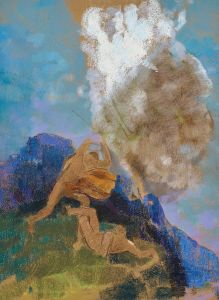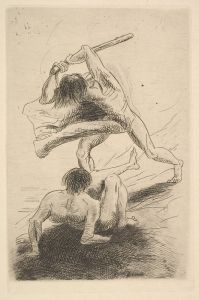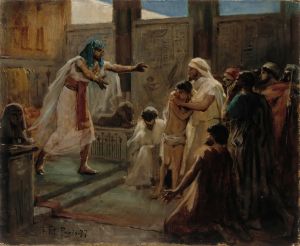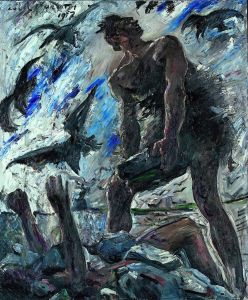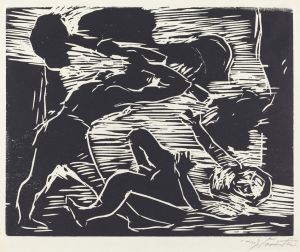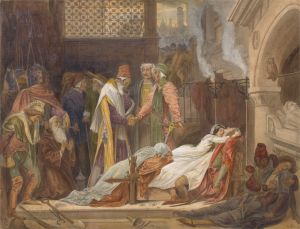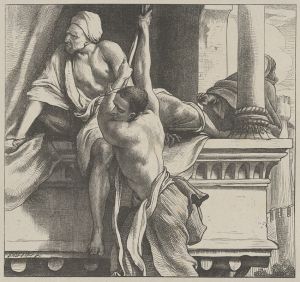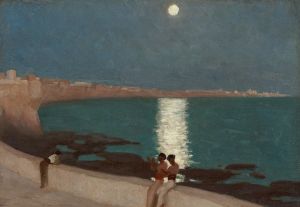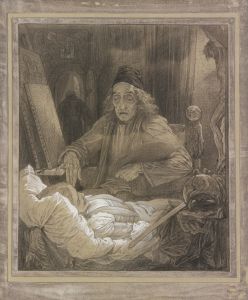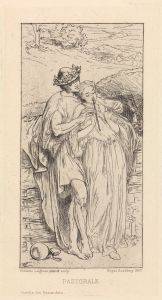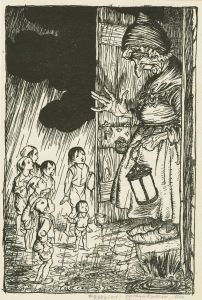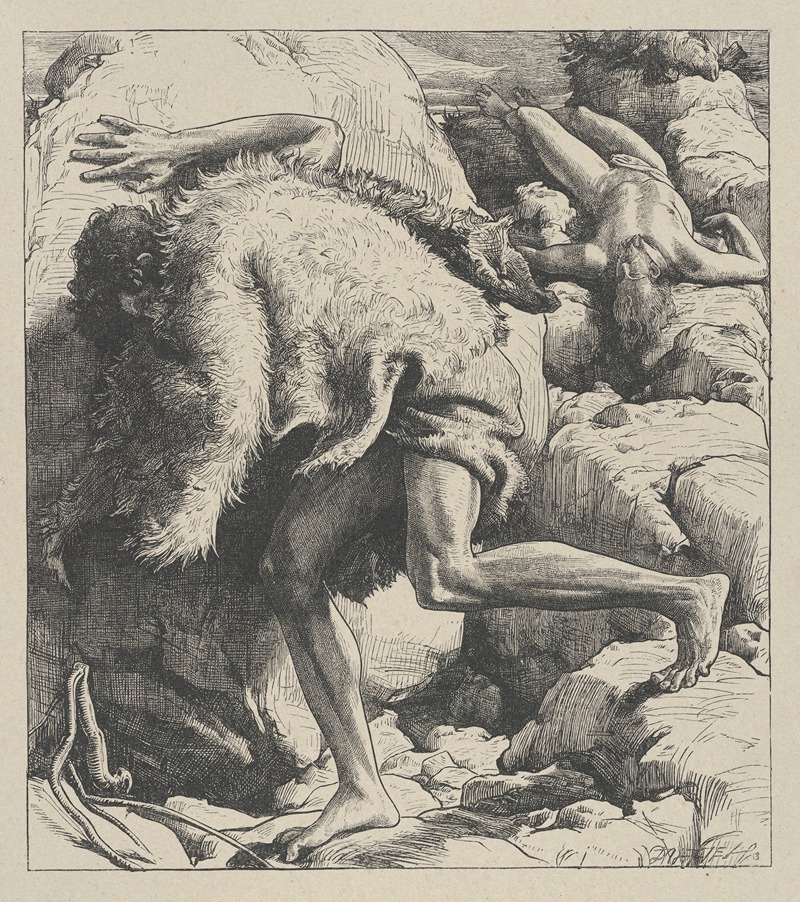
Cain and Abel
A hand-painted replica of Frederic Leighton’s masterpiece Cain and Abel, meticulously crafted by professional artists to capture the true essence of the original. Each piece is created with museum-quality canvas and rare mineral pigments, carefully painted by experienced artists with delicate brushstrokes and rich, layered colors to perfectly recreate the texture of the original artwork. Unlike machine-printed reproductions, this hand-painted version brings the painting to life, infused with the artist’s emotions and skill in every stroke. Whether for personal collection or home decoration, it instantly elevates the artistic atmosphere of any space.
Frederic Leighton, an eminent British artist of the 19th century, is renowned for his contributions to the Victorian art scene, particularly through his association with the Pre-Raphaelite Brotherhood and his role as President of the Royal Academy. Among his diverse body of work, Leighton explored various themes, including classical mythology, biblical narratives, and historical subjects. One of his notable works is "Cain and Abel," which delves into the biblical story of the first murder.
The painting "Cain and Abel" by Frederic Leighton is based on the biblical account from the Book of Genesis, which tells the story of the two sons of Adam and Eve. Cain, the elder brother, was a farmer, while Abel was a shepherd. The narrative unfolds with both brothers offering sacrifices to God; however, God favors Abel's offering over Cain's. In a fit of jealousy and anger, Cain ultimately murders Abel, committing the first act of fratricide.
Leighton's interpretation of this story is characterized by his meticulous attention to detail and his ability to convey deep emotion through his subjects. The painting captures the dramatic moment of conflict between the two brothers, highlighting the intensity of Cain's wrath and Abel's vulnerability. Leighton's use of color, light, and composition serves to enhance the emotional impact of the scene, drawing the viewer into the biblical drama.
Frederic Leighton's artistic style is often associated with the academic tradition, which emphasizes technical skill and adherence to classical ideals. In "Cain and Abel," Leighton's mastery of anatomy and his ability to depict the human form are evident. The figures of Cain and Abel are rendered with a sense of realism and vitality, showcasing Leighton's dedication to capturing the nuances of human emotion and physicality.
The painting also reflects Leighton's interest in exploring moral and philosophical themes through art. By choosing to depict the story of Cain and Abel, Leighton engages with questions of morality, justice, and the human condition. The painting invites viewers to contemplate the consequences of envy and violence, as well as the broader implications of the biblical narrative.
Leighton's "Cain and Abel" is part of a larger body of work that demonstrates his fascination with biblical and mythological subjects. Throughout his career, Leighton sought to elevate the status of narrative painting, using his art to explore complex themes and convey profound messages. His works often blend elements of realism and idealism, creating compositions that are both visually striking and intellectually engaging.
While specific details about the creation and exhibition history of "Cain and Abel" are not extensively documented, the painting remains an important example of Leighton's engagement with biblical themes and his contribution to the Victorian art movement. Through his depiction of this timeless story, Leighton continues to captivate audiences with his artistic vision and his ability to bring ancient narratives to life.





